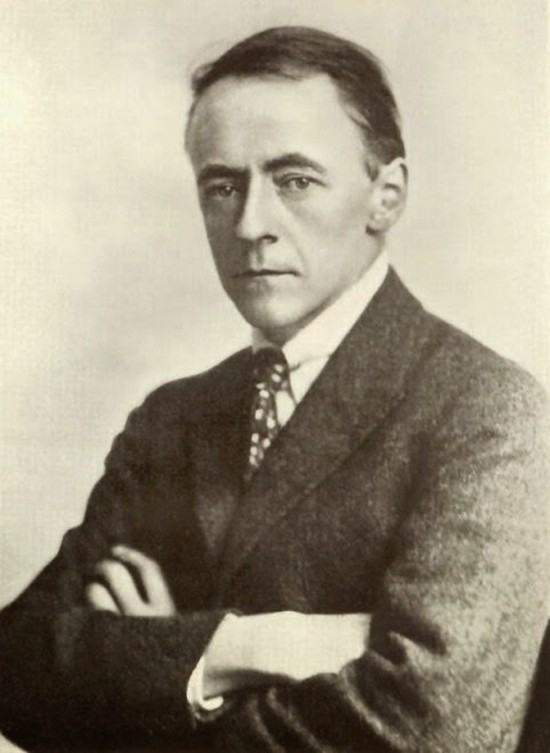
It’s surprising how many British composers have succeeded in painting musical pictures of their own country. Some composers, like Vaughan Williams, wrote visionary music which seemed imbued with “Englishness” although many people would be at pains to try and describe what this musical quality actually is. To me, Benjamin Britten’s music always creates images of the grey North Sea whose waves crash on to the stony and equally grey beach of Aldeburgh, the small English town which for many years was the composer’s home.
In some ways, the twentieth century was Britain’s Second Golden Age of Music. The first one of course was during the reign of Elizabeth I. But in the early years of the Baroque, the action seemed to shift into Continental Europe. Only a handful of British composers from that period are remembered today, notably Henry Purcell and George Frideric Handel who was of course, originally German. During the Classical period in the second half of the eighteenth century, Germany and Austria led the field in music.
During the twilight years of the nineteenth century, young composers emerged who were to eventually become the Grand Old Men of British music, such as Frederick Delius, Ralph Vaughan Williams, Edward Elgar, Gustav Holst and Arthur Bliss. During the mid-twentieth century the torch was carried by other internationally known names such as William Walton, Gerald Finzi, Michael Tippett, Richard Rodney Bennett and many others. Wikipedia carries a chronological list of British composers and it’s amazing to see the sheer quantity and array of talent. The remarkable music of Arnold Bax is not as well known as it should be. Take this work, for example.
Arnold Bax (1883-1953): Tintagel. RTVE Symphony Orchestra, cond. Adrian Leaper (Duration 14:53; Video 480p)
The prolific English composer Arnold Bax came from a family of Dutch descent, which explains his slightly odd surname. While still a teenager, Bax fell under the spell of all things Irish and especially the poetry of William Butler Yeats. When he was nineteen, Bax went to Ireland and visited the most isolated and secluded places he could find. He taught himself Gaelic and in later years, under the pseudonym of Dermot O’Byrne, wrote many successful plays, poems, and short stories. Ironically though, his most famous orchestral work was inspired not by Ireland, but by the restless seas around the West Country of England.
Tintagel village and its castle lie on the Atlantic coast of Cornwall and they’re closely associated with the legend of King Arthur and the Knights of the Round Table. Bax visited Tintagel Castle during the summer of 1917 and was so captivated with the atmosphere that he produced this thrilling and joyous symphonic poem. It is his best-known work. The expansive and visionary music is meant to depict a castle standing heroically on the rocks, lashed by the waves of the Atlantic. Just listen to the opening with its luscious chords coloured by bird-like twitterings of melody from the woodwind. To my mind, this is British music at its best.
Malcolm Arnold (1921-2006): Four Scottish Dances Op. 59. Hong Kong Youth Symphony Orchestra cond. Artem Konstantinov (Duration: 12:03; Video: 1080p HD)
As a child, I recall my Scottish grandmother listening to records of a dance band led by the well-known Scottish accordionist, Jimmy Shand. The band played medleys of relentlessly jollity and she’d listen to them for hours, tapping her foot with lady-like gentility. I’m not sure what she would have made of this work, composed in 1957. You can’t mistake the Scottish influence and the work has much in common with the exuberant Scottish concert overture Tam o’ Shanter which Arnold composed two years earlier.
Written in the slightly unusual 5/4 time, the first movement echoes the dance known as the Strathspey which has the unmistakable imitations of groaning bagpipes and the characteristic abrupt rhythm known as “the Scottish snap”. It’s a wild-sounding piece but not without the typical Arnold touches of humour. The two middle movements are full of attractive melodies. The third one contains some remarkably beautiful music and sounds vaguely like a Hollywood take on a Hebridean folksong. Even so, the sound is magical and really captures the sense of the rugged Scottish landscapes, something that few composers have managed to succeed in doing. Droning bagpipes return in the swirling last movement which turns into a brief, wild and turbulent dance.
 |
 |
 |





